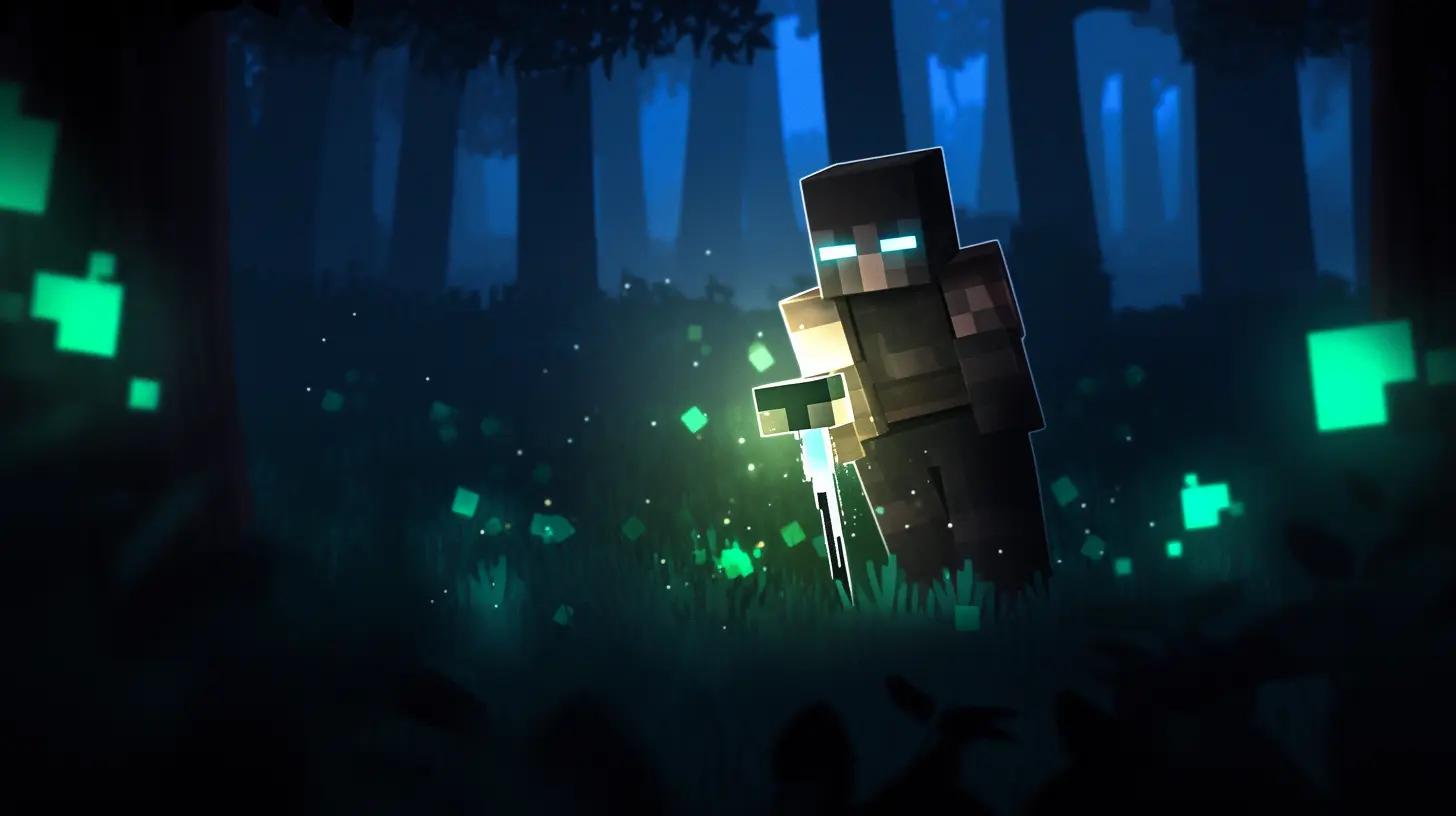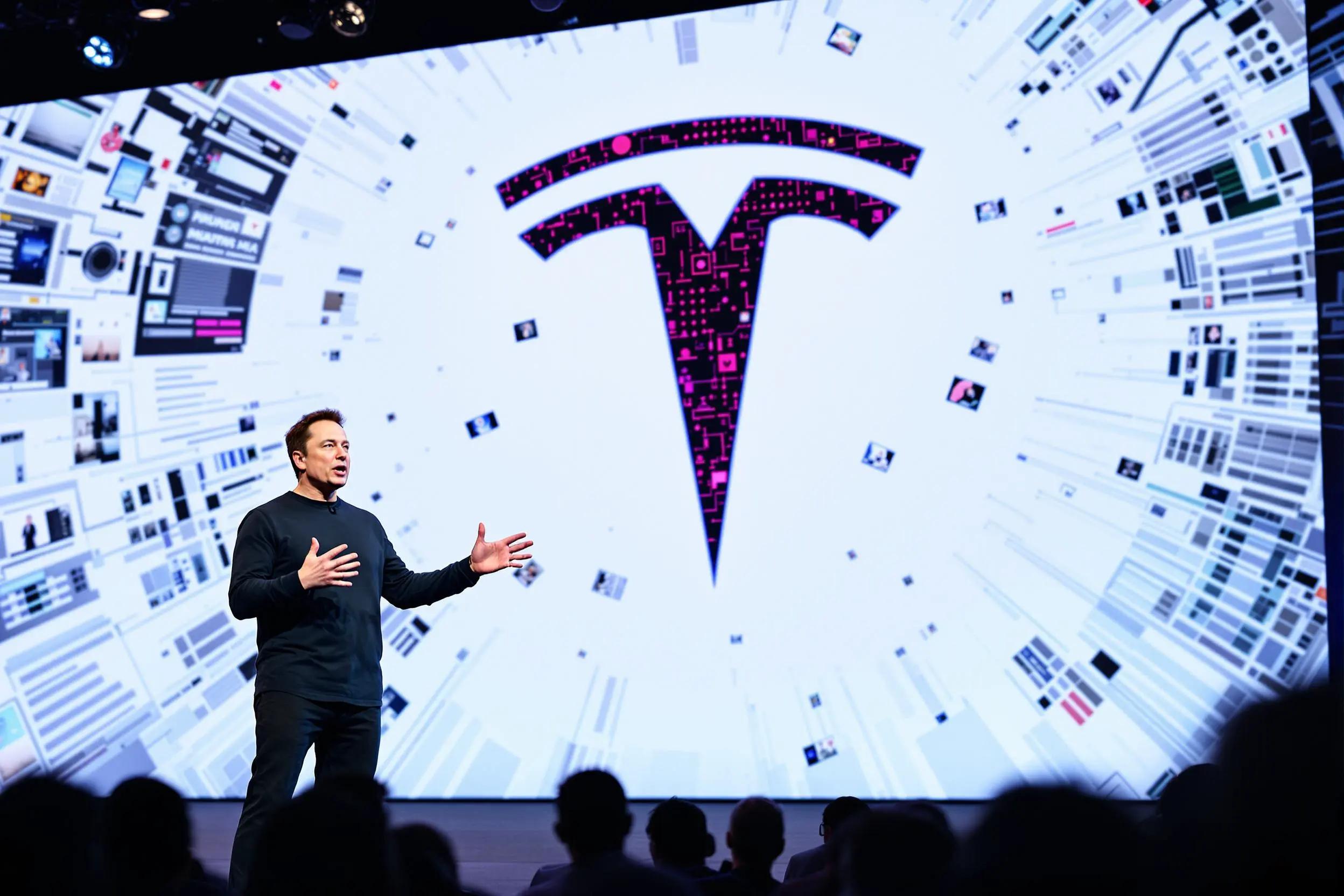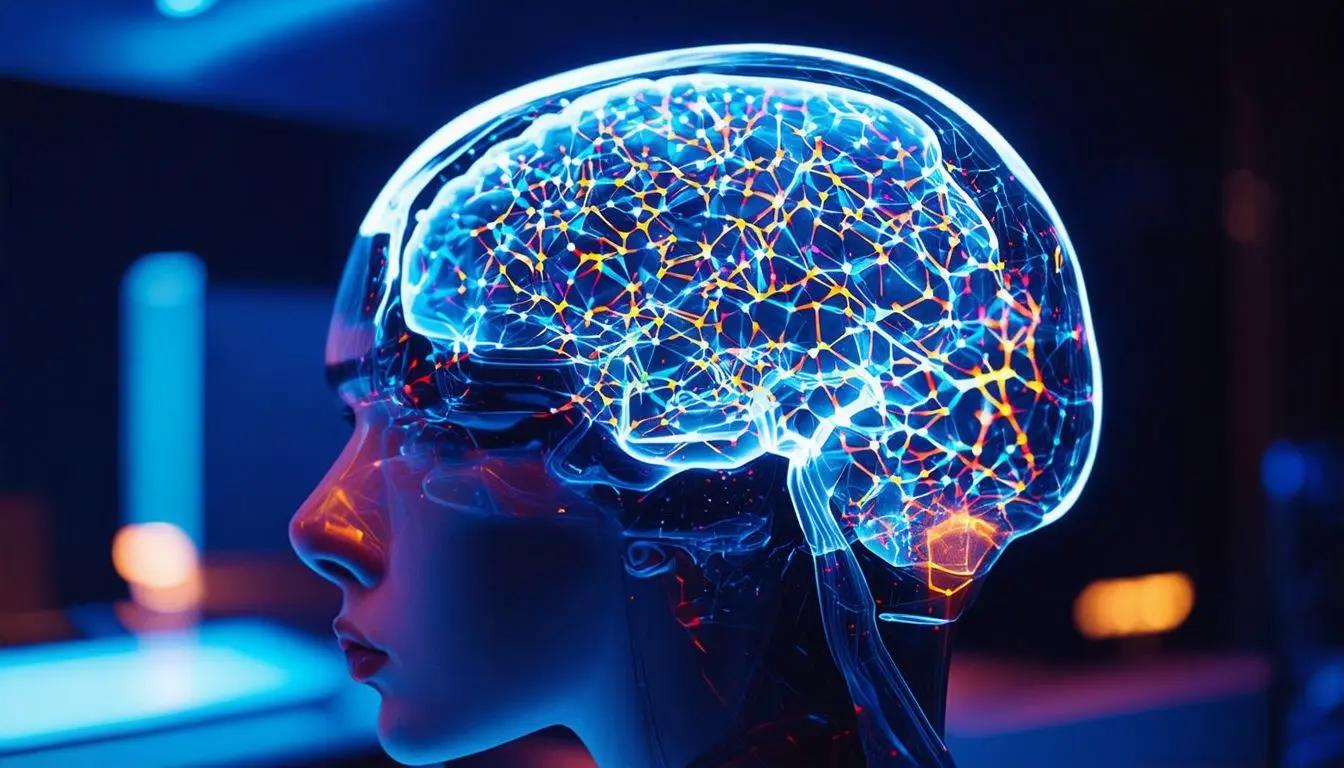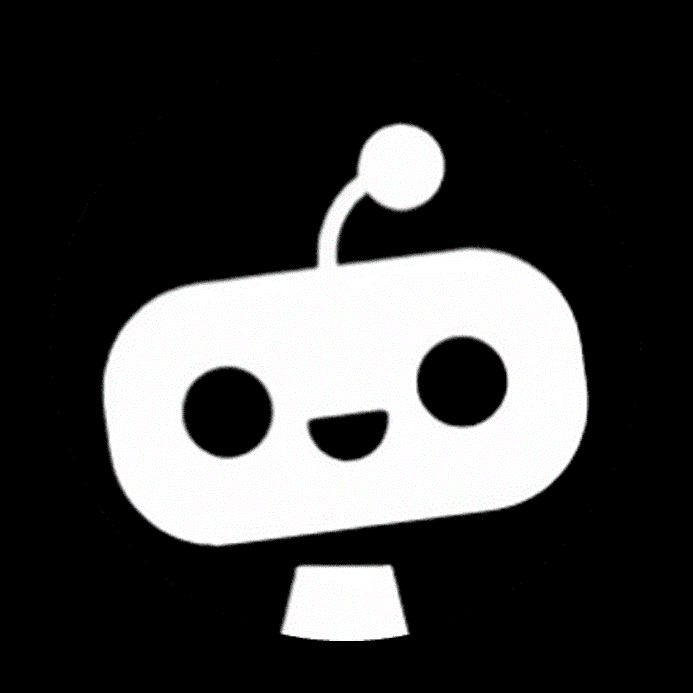June 3, 2024|9 min reading
The Vision of Jim Fan and the Fundamental Robot AI: Voyager's Journey in Minecraft

Introduction
In recent years, artificial intelligence (AI) has made significant strides in various fields, from healthcare to gaming. One of the most intriguing developments is Voyager, an AI bot designed by Jim Fan, a researcher at Nvidia. This AI bot explores the world of Minecraft autonomously, accomplishing tasks that even humans unfamiliar with the game would find challenging. While it may seem like just another gaming novelty, Voyager's capabilities hint at far-reaching implications for robotics and AI. This article delves into why Minecraft is a valuable tool for AI training, the specifics of Voyager's design, and its potential impact on real-world robotics.
The Genesis of Voyager
Minecraft, a sandbox game known for its limitless possibilities and creative potential, has been a fertile ground for AI experimentation for years. Microsoft's Project Malmo, initiated in 2016, was an early example of using Minecraft to train AI, particularly in reinforcement learning. These projects laid the groundwork for Voyager, an AI bot that not only navigates but thrives in the game's open world without human assistance.
Why Minecraft?
Minecraft's appeal for AI research lies in its complexity and freedom. Unlike traditional games like Go or chess, which have fixed rules and limited possibilities, Minecraft offers a dynamic, open-ended environment. This makes it an excellent simulation of real-world scenarios where AI can develop and adapt. The game's infinite possibilities and the need for creativity and problem-solving provide a robust training ground for AI.
Voyager: An Autonomous Explorer
Voyager's primary function is to explore Minecraft's vast world autonomously. It manages tasks such as gathering resources, crafting tools, and even constructing complex structures—all without human intervention. This level of autonomy is unprecedented and speaks volumes about the AI's capabilities.
Voyager's operation hinges on a technique known as "coding as action." The process involves converting the 3D world of Minecraft into text that Voyager can interpret. It then sends this information to GPT-4, which analyzes the situation and suggests tasks. For instance, if Voyager is low on health and near a pig, GPT-4 might suggest killing the pig for food. This interaction is a continuous loop of action and self-verification, enabling Voyager to learn from its mistakes and improve its performance.
The Three-Step Process of Voyager
Environmental Awareness: Voyager uses an API in JavaScript to convert Minecraft's visual data into text. This includes details about its inventory, surroundings, and health status. This textual data is then fed to GPT-4 for analysis.
Task Assignment: Based on the analysis, GPT-4 proposes tasks for Voyager to accomplish. These tasks are specific and context-driven, ensuring that Voyager takes the most appropriate action for its current situation.
Self-Verification and Learning: Voyager has a built-in mechanism for error correction. If a task fails, it sends feedback to GPT-4, which then provides corrective actions. This iterative process ensures that Voyager continuously learns and adapts, improving its efficiency and effectiveness.
The Unique Capabilities of Voyager
One of Voyager's standout features is its ability to store learned skills in a persistent memory library. For example, once it masters crafting an iron pickaxe, this knowledge is retained and can be applied in future tasks. This capability significantly enhances Voyager's ability to navigate Minecraft's technological tree, making it the first AI agent to achieve milestones like crafting a diamond sword.
The Broader Implications for AI and Robotics
Voyager's success in Minecraft is not just a novelty; it has profound implications for the future of AI and robotics. Jim Fan's vision extends beyond the virtual world. He envisions AI agents that can learn and adapt in real-world environments, much like Voyager does in Minecraft.
Real-World Applications of Voyager's Technology
Autonomous Robotics: The principles behind Voyager can be applied to develop autonomous robots capable of performing complex tasks in real-world environments. For instance, robots could be trained to navigate and interact with their surroundings in a factory or a disaster site.
Enhanced AI Training: The use of open-world games like Minecraft for AI training provides a rich dataset for developing more sophisticated AI models. These models can then be adapted for various applications, from healthcare to autonomous vehicles.
Lifelong Learning in AI: Voyager's ability to learn and adapt continuously is a significant step towards developing AI systems that can learn over their entire lifespan. This capability is crucial for creating AI that can handle new and unforeseen challenges autonomously.
The Vision of Jim Fan
Jim Fan's work at Nvidia is at the forefront of integrating AI with real-world robotics. His vision encompasses creating a foundational model for robots that can operate in diverse environments. By leveraging the techniques developed through projects like Voyager, he aims to build AI systems that can function with minimal human intervention, much like the autonomous agents in science fiction.
Conclusion
Voyager represents a significant leap forward in the field of AI and robotics. Its ability to navigate and excel in Minecraft without human assistance showcases the potential of AI to perform complex tasks autonomously. Jim Fan's vision of applying these principles to real-world robotics holds the promise of revolutionizing how we interact with machines. As AI continues to evolve, the lessons learned from projects like Voyager will undoubtedly play a crucial role in shaping the future of technology.
FAQs
What is Voyager AI in Minecraft? Voyager is an AI bot designed by Nvidia researcher Jim Fan to explore and navigate the world of Minecraft autonomously, performing tasks without human intervention.
Why is Minecraft used for AI training? Minecraft offers a dynamic, open-ended environment that simulates real-world scenarios, making it an excellent training ground for AI to develop and adapt.
How does Voyager operate in Minecraft? Voyager uses an API to convert Minecraft's 3D world into text, which is then analyzed by GPT-4. Based on this analysis, GPT-4 suggests tasks for Voyager to accomplish, and Voyager continuously learns and adapts through a process of action and self-verification.
What are the real-world implications of Voyager's technology? Voyager's success in Minecraft has profound implications for developing autonomous robots capable of performing complex tasks in real-world environments, enhancing AI training, and promoting lifelong learning in AI systems.
What is Jim Fan's vision for AI and robotics? Jim Fan envisions creating a foundational model for robots that can operate in diverse environments with minimal human intervention, leveraging techniques developed through projects like Voyager.
How does Voyager's self-verification process work? Voyager has a built-in mechanism for error correction. If a task fails, it sends feedback to GPT-4, which then provides corrective actions, ensuring continuous learning and adaptation.
Inbound and Outbound Links Suggestions
Inbound Links:
Outbound Links:
By exploring the potential of AI through projects like Voyager, we can gain insights into the future of robotics and autonomous systems. The journey from Minecraft to real-world applications is an exciting frontier in the ever-evolving landscape of AI technology.
Explore more

Elon Musk’s Vision: AI, Mars, and a Future of Abundance
Explore Elon Musk’s predictions on AI, Tesla’s Robotaxi plans, Starship’s Mars mission, and the role of robots in a futu...

Unlocking the Future: The Revolutionary Potential of Brain Image Reconstruction Technology
Discover how brain image reconstruction technology is pushing the boundaries of science and art by decoding thoughts int...

Can Artificial Intelligence Replace Human Intelligence?
Exploring the capabilities and limitations of AI in comparison to human intelligence.
